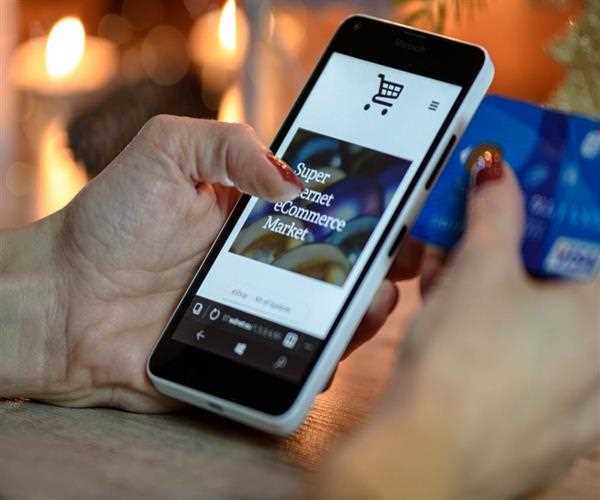So you started an online business, you have your own app and are ready to sell. Somewhere in between app development, advertisement and market research you hit the wall and realized you have no idea how to add a payment method to your app, and how to approach the jungle of info about various payment gateways, conversion fees, subscription fees and software compatibility. Yes, it’s complicated but it’s not as overwhelming as it might seem.
Adding a payment method, or a payment gateway as it is usually called, is nothing complicated from a developer’s point of view...that is, if you plan to use one of the existing platforms. Whether or not this is a good idea is something we will discuss in detail further down. But right now, let’s just explain how the whole process works, in a simplified way.

Basically, a customer who uses your app selects a product and makes a purchase. The app contacts the payment gateway which communicates with the issuing bank, and if there were no obstacles during the whole process, you get paid. Every step is followed by a response that determines whether the next step can be performed. If there is a hiccup along the way, the transaction will fail. Of course, this diagram oversimplifies the process greatly, but the point is for you to get the basic idea.
In this article, we will present you with the most popular and user-friendly mobile payment methods and discuss when and under which conditions is it profitable to rely on your own, in-app payment method.
Ready-to-use platforms vs. developing your own
Given that platforms are widely spread, very secure and are easy to set up and maintain, for small businesses this is a no brainer. There is really no point in pouring a large amount of money into developing your own payment method.
However, as your business grows, things might start to look differently. If you take into account the transaction fee (usually between 2.75% and 2.9%) plus the fixed amount per transaction and monthly fees for some platforms, it might be feasible to start developing your own payment system. The right question is, when does it become so? Experts say the sweet spot is when the annual sales volume reaches the range of $50 million to $100 million. If this is a trend that you can maintain, developing a payment method internally is the way to go.
Physical vs. virtual goods
Selling physical goods requires a platform, and this is a topic we will be focusing on in this article. However, if you are selling virtual goods such as premium accounts, additional virtual content or subscriptions, you can use in-app billing for Apple and Android devices. Just be aware that both take about 30% of all transactions made within your app.
Payment gateway integration and SDK
Integrating the payment method is pretty straightforward and doesn’t vary a lot between providers. What you need to know is that each provides offers a software development kit (SDK) that needs to be integrated with your app. This also offers you a benefit of not having to think about security certificates and PCI compliance - the payment gateway provider takes care of the security protocols and everything that needs to be taken care of during the transaction process.
Merchant account types
Your merchant account is essentially the financial foundation of your business. Every transaction either starts or ends here. Thus, it is very important to choose the right type as it makes all the difference. What it does, essentially, is act as a proxy between your app and your regular business account. All the funds gained from the app sales are kept in your merchant account for 2-7 business days before being transferred to your regular account. The extra step is added if you’re using a payment gateway provider, where every transaction is verified before being sent to your merchant account.
The merchant account can be a bank account, or an account integrated into your payment gateway system (PayPal and Stripe offer such solutions for their members). There are two types of merchant accounts:
Aggregate merchant account
An aggregate account is just that - an account where money made by your business is put together with the money from other ones. This type is not so expensive as the dedicated merchant account, but you have much less control over your money and there is a longer waiting time for money transfers (usually between 5-7 workdays). However, it’s an excellent choice for a startup or a relatively small e-commerce business.
Dedicated merchant accounts
This type provides as much control over the account as it is possible. You can customize payment processing fees adjusting them according to the sales rates, you can review and correct transaction errors and most importantly, money transfer time is much shorter than with a regular account (maximum of three days). On the other hand, it comes with a price. This account type is much more expensive than the regular one and since you’re the one in control, it’s also quite time-consuming. This type is good for businesses that are already fully developed and need fine-tuning in certain aspects. Generally speaking, you should have one only if you have enough money flow to support it and absolutely know what you’re doing.
Choosing a provider
There are many providers out there. Choosing the right one is pretty simple if you have clear expectations and know the answers to the following questions:
- Do you need a system for card-present or card-not-present type of transactions?
- Which payment methods need to be supported by the platform? Do you need cryptocurrency or just the traditional methods? Most payment methods accept a wide range of credit and debit cards but crypto might not be supported. For example, PayPal, Stripe, and Braintree have limited offers for crypto users, while Revolut offers support for three standard payment methods and five cryptocurrencies.
- Are you willing to pay a monthly fee? Most platforms offer a free and a premium package, the difference between which can make all the difference for your business.
- Which type of business are you running? All platforms have a restricted business list, meaning that you might not be able to use them if you fall into one of the high-risk categories. Here is the list for Stripe, Braintree, and PayPal.
- Do you want to have a merchant account within the platform or do you prefer to use it only as a third-party aggregator for your mobile transactions? The difference here might not be obvious to new merchants. Accounts within the platform are more stable and give you more control over the transactions, but might cost more.
All of the questions above are important factors for choosing the right platform, so we made a comparison list to help you out.

Final thought
When it comes to choosing a payment gateway, don’t think about popularity as much as what kind of services you need for your type of business. If you are in the business that might be considered high-risk, you should find a provider that doesn’t follow insanely strict policies and/or offers payments through cryptocurrencies.
On the other hand, if all you want to do is sell non-restricted physical goods, your goal should be to offer as many payment methods as possible, while keeping the expenses on your end minimal.
Finally, think about the interface. People like to be able to use simple and safe payment methods that offer efficient checkouts and offer receipts. The more transparent and user-friendly, the better. If you can offer simplicity and security for payments, combined with an intuitive app, you are on a good path to success.




Leave Comment